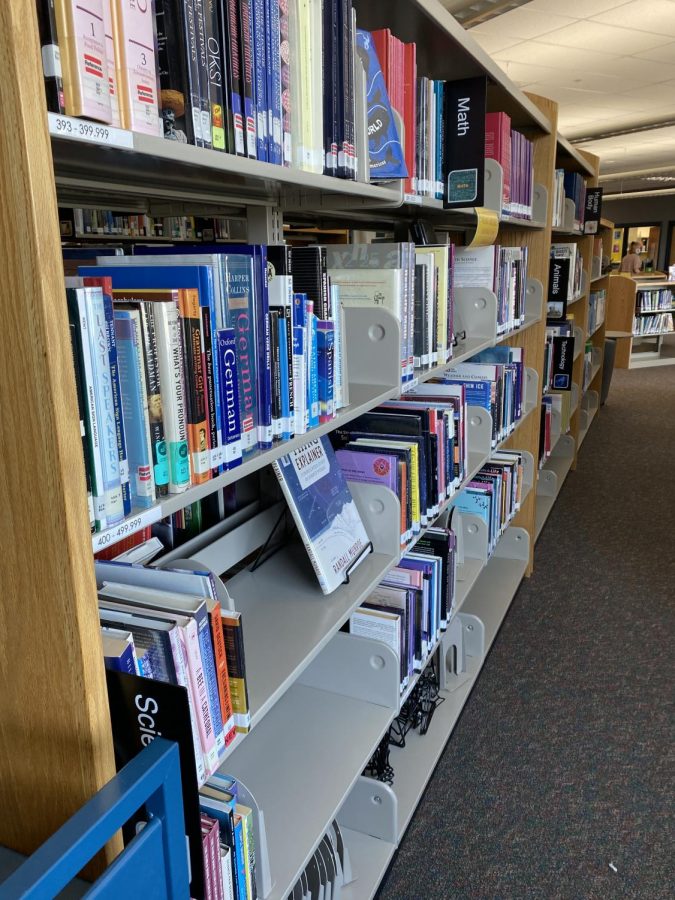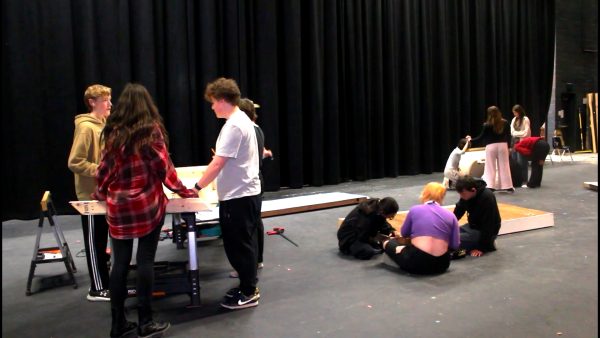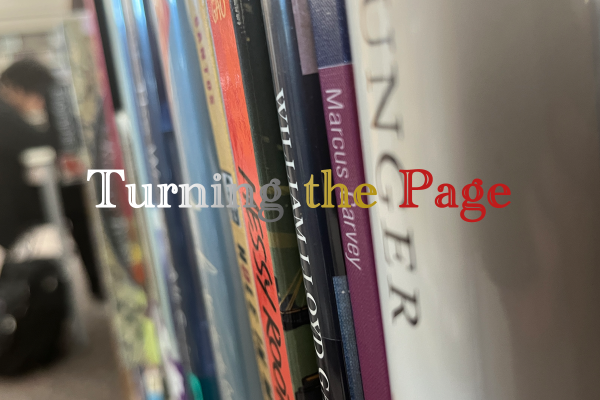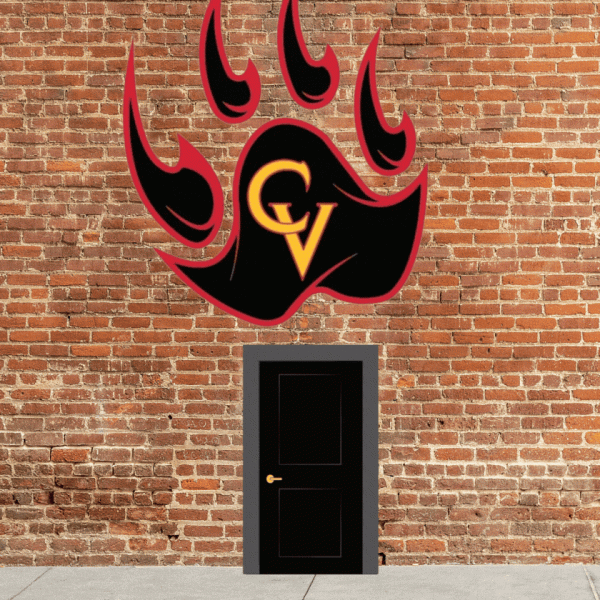Library Lockdown
Who decides what can and can’t be read?
Oftentimes, books are banned because the themes and topics brought up are not suitable for the age group reading them.
The topic of banned books has been a hot debate over the past few decades. There have often been books that have been considered to be unfit for reading. The reasons for the banning of these stories vary widely: some being as simple as inappropriate themes, and others as complicated as promoting “criticism of war.” Oftentimes, books are banned because the themes and topics brought up are not suitable for the age group reading them. This would be valid, if not for the fact that reading comprehension and maturity varies from student to student.
Over time, school districts have become less harsh when it comes to restrictions on books. Previously banned books have been put back on shelves, and there are even specific sections of books that are dedicated to glorifying banned books. The Douglas County Public Library dedicates a catalog of these books, explaining the reasons that they were banned. An example of this is the book The Amber Spyglass, a book that is shown to be banned for “Religious Viewpoints, Violence, and Political Viewpoints”.
Our school district is shown to have been much stricter than others, with books even as recent as 2015 being labeled as “banned,” according to the district book list. The Douglas County banned books list is quite hefty, and despite books being taken off the list and unbanned, there are still many books that are up for debate and are being banned in the present day. This is a clear violation of freedom of speech on the author’s part, as well as the freedom to learn from a student’s perspective. The people making these decisions do not have the right to violate these two group’s rights, as the majority of them are not a part of said group.












